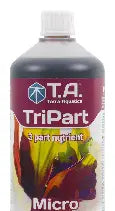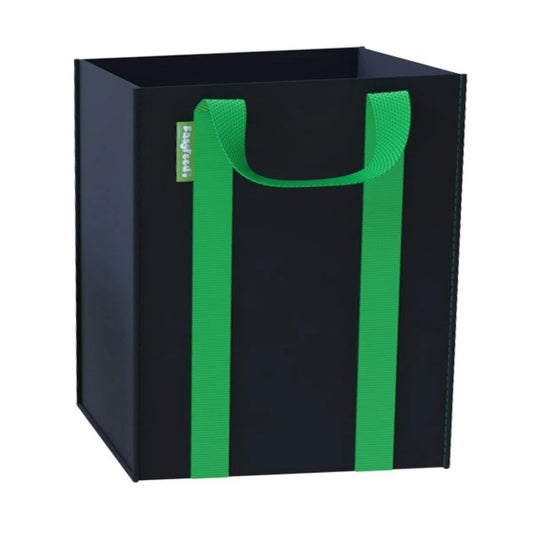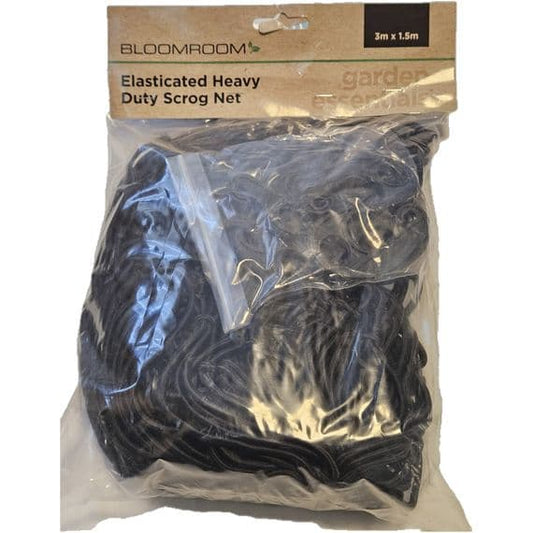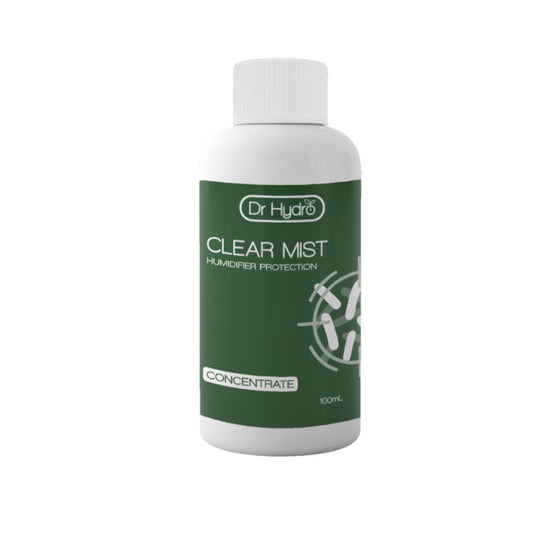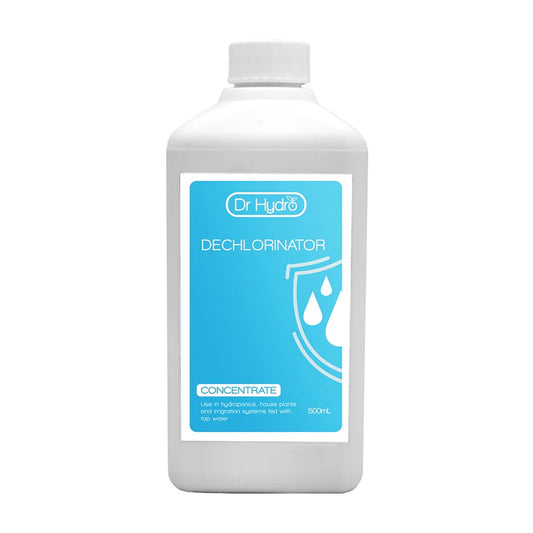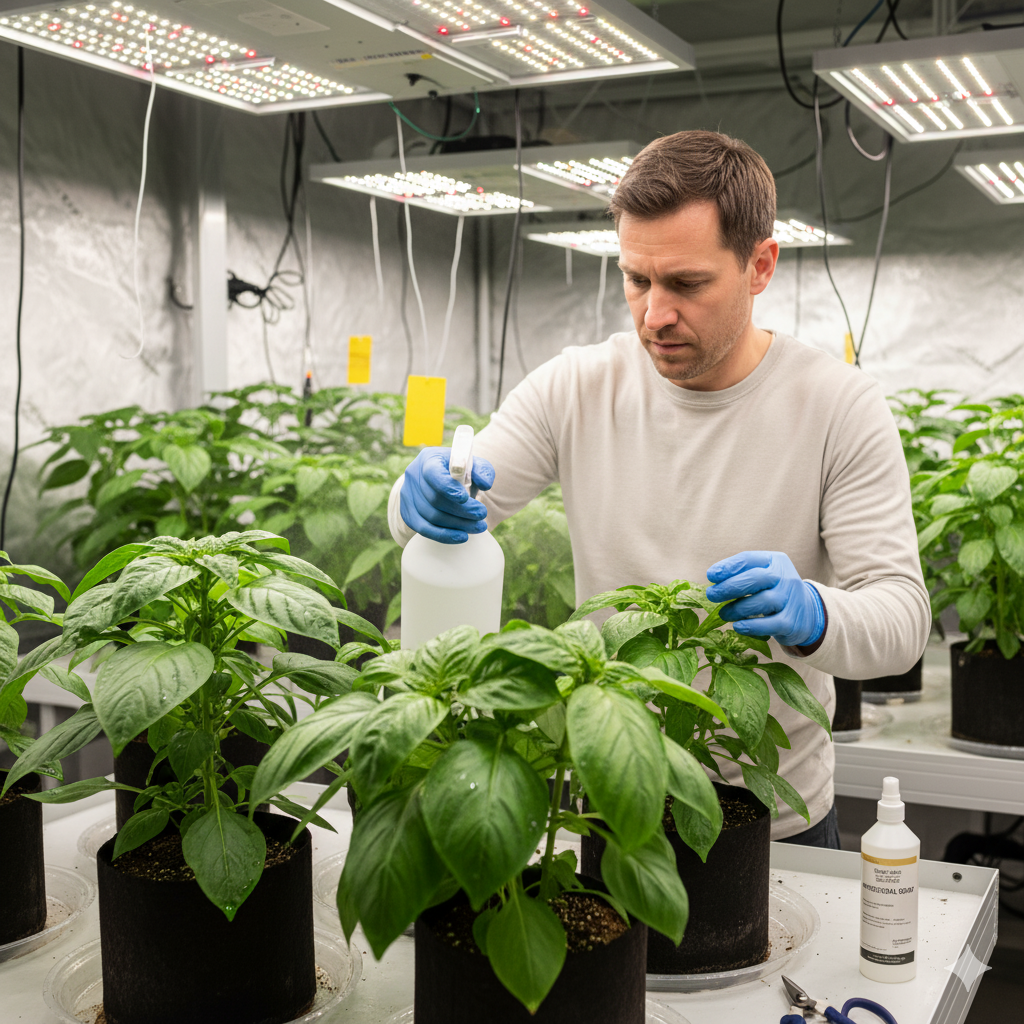(IPM) in an indoor grow room, emphasizing prevention and natural solutions.
Your Unseen Guardians: Mastering Integrated Pest Management (IPM) for a Pest-Free Grow Room
You’ve poured your heart and soul into your indoor garden. The last thing you want to see is a tiny, uninvited guest munching on your precious leaves or weaving tell-tale webs. Pests can quickly devastate a harvest, but relying solely on harsh chemical pesticides isn't the best solution for your plants or your health.
At The Green Corner, we advocate for Integrated Pest Management (IPM) – a holistic, proactive approach that focuses on prevention, monitoring, and using the safest, most effective controls. Think of IPM as building an invisible shield around your grow room, making it an unwelcome place for pests to thrive.
The Pillars of Effective IPM
IPM isn't just about killing pests; it's about understanding them and breaking their life cycles.
Prevention is Your First Defence (and Best Friend!)
This is where most of your effort should go. An ounce of prevention is worth a pound of cure!
Sanitation (Your Clean Grow Room!): As we discussed, a clean grow room is a pest's worst nightmare. Regularly remove dead leaves, spilled soil, and stagnant water. Sterilise your gardening snips and tools between each plant to prevent spreading issues.
Quarantine New Plants: ALWAYS isolate new plants for at least 2-3 weeks before introducing them to your main grow. This gives you time to spot and treat any hitchhikers.
Source Quality Inputs: Start with high-quality, pest-free seeds or cuttings. Use fresh, sterile seed-starting mix or potting mix from a reputable source.
Optimise Environment: Pests often thrive in specific conditions. Spider mites love hot, dry air (increase humidity!). Fungus gnats love overly wet soil (improve drainage, let soil dry out slightly!). Maintaining optimal temperature and humidity for your plants makes them more resilient and less appealing to pests.
Regular Monitoring: Be a Detective
Even with the best prevention, pests can sometimes sneak in. Early detection is crucial!
Daily Inspections: Make it a habit to inspect your plants daily. Look under leaves, along stems, and at new growth for tiny bugs, eggs, webbing, or unusual spots.
Sticky Traps: Place yellow sticky traps near your plants. These traps are highly effective at catching flying pests like fungus gnats, whiteflies, and thrips, giving you an early warning system and helping you identify what pests you're dealing with.
Accurate Identification: Know Your Enemy
Once you spot something, identify it! Different pests require different treatment strategies. A magnifying glass can be incredibly helpful here.
Targeted Intervention: Choose Your Weapons Wisely
When prevention and monitoring aren't enough, it's time to act. Always start with the least toxic and most targeted solutions.
Manual Removal: For small infestations, simply wiping pests off leaves (e.g., aphids, mealybugs) or gently hosing plants down can be effective.
Insecticidal Soaps: Our ready-to-use insecticidal soap sprays are fantastic. They work by smothering soft-bodied insects and breaking down their protective outer layer. They're safe for most plants and break down quickly, leaving no harmful residue.
Botanical Pesticides: For more persistent problems, consider a botanical-based miticide or pesticide. These are derived from natural plant compounds (like pyrethrins or azadirachtin) and are generally safer for your plants and the environment than synthetic alternatives. Always follow label directions carefully.
Beneficial Insects (Biological Control): This is an advanced but highly effective IPM strategy. Introducing natural predators like ladybirds, predatory mites, or lacewings can keep pest populations in check without any chemical intervention.
The Long Game: Consistency is Key
IPM is not a one-time fix; it's an ongoing strategy. Be consistent with your cleaning, diligent with your inspections, and patient with your treatments. By adopting an IPM approach, you create a robust, resilient grow room environment where your plants can truly flourish, free from the constant threat of pests.
Happy Growing!
